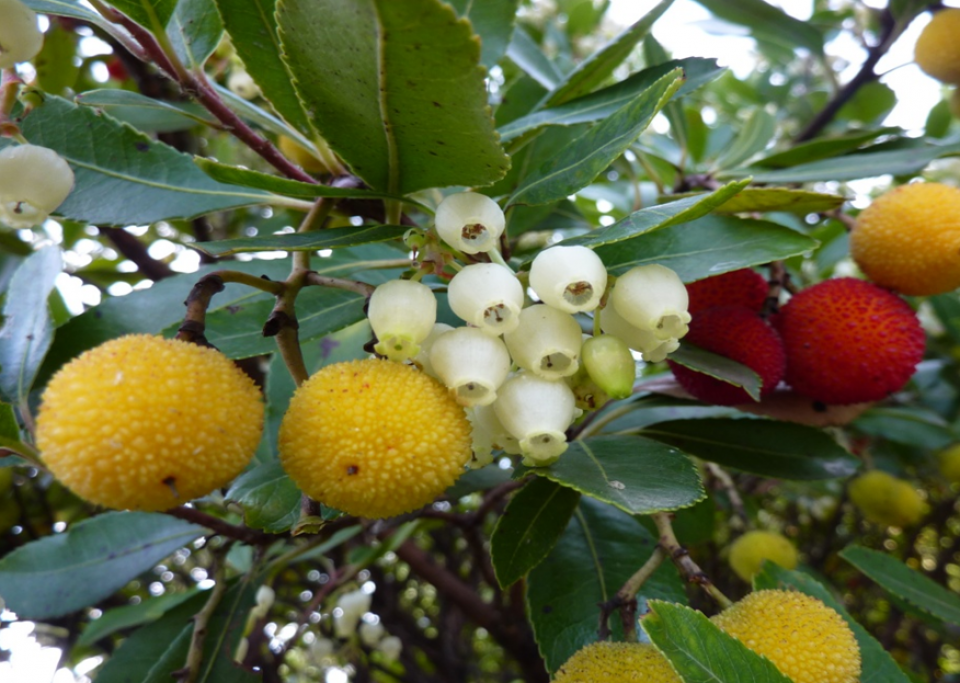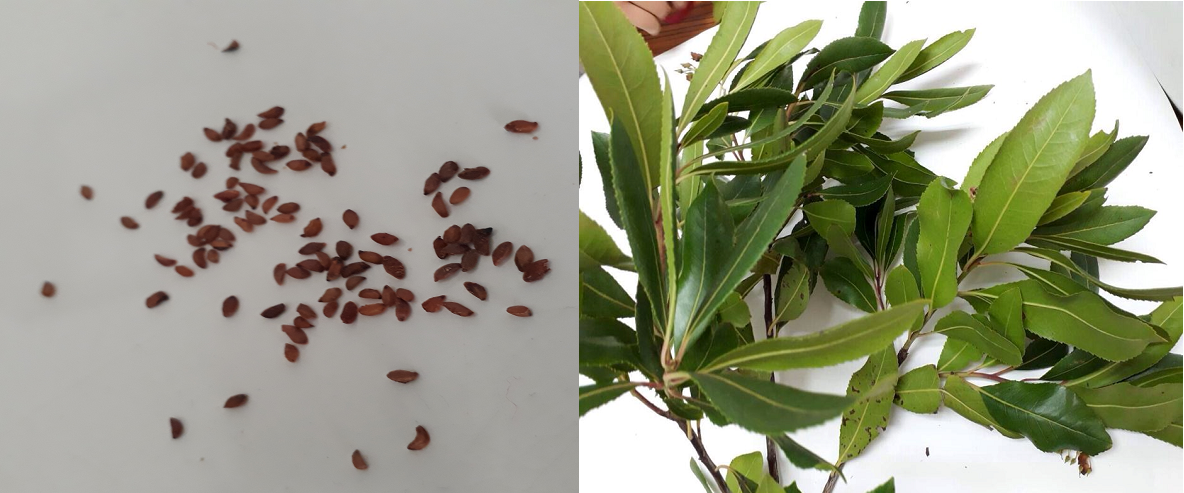
The aim of this work was to valorize Arbutus unedo by its regeneration in vivo and in vitro, also by characterizing of their antioxidant and antimicrobial properties of leaves and fruits in order to evaluate and improve the potential value of this plant.
Natural products, especially those of plant origin have always been an important source of therapeutic agents. The arbutus tree (Arbutus unedo) is a wild plant that belongs to the family Ericaceae. This plant is very common in northern Tunisia and widely used in traditional medicine (Pallauf et al., 2008). In this context, we have established a program of preservation, regeneration and domestication of some forest plants including the Arbutus. Thus, we were interested in the biological activity of the natural extracts of fruits and leaves of arbutus trees.
The phytochemical and biological activities and the regeneration techniques of Arbutus were evaluated. The multiplication of seeds in vitro is more effective than in vivo in terms of germination time. The ethanolic extracts of leaves and fruits have a higher yield in comparison with the aqueous ones. The fruit has a higher total polyphenol content than leaves. While the highest content of flavonoids has been recorded in the leaves. The antibacterial activity of the raw extracts against some strains of Gram + and Gram- showed that the arbutus is characterized by an interesting efficiency. The ethanolic extracts of fruits and leaves reduce the attack severity of Fusarium in vitro
In the northern region of Tunisia, no economic importance has been attributed to Arbutus unedo. Therefore, there is an urgent need to take action to improve the production, marketing and consumption of arbutus derived products in several industries, by contributing to the recovery, preservation and biodiversity of species.
Through this work, we hope to have made our modest contribution to the valorization of Arbutus unedo as a traditional medicinal plant very little used by the local populations but it is well known by its medicinal virtues (Oliveira et al., 2009).
with remarkable antioxidant power and secondary metabolites. Also, our prospects for the future will be:
- Isolation and identification of secondary metabolic products with a sufficient degree of purity for the constituents of each organ
- It would be interesting to test the different bioactive molecules isolated in vivo on different biological models, in order to find a therapeutic application (such as anticancer and antidiabetic activities).
Mariem Zakraoui, mariem.zakraoui@gmail.com, http://www.inrgref.agrinet.tn/
Aroua Rejeb, arouarejeb@gmail.com, http://www.inrgref.agrinet.tn/
Lamia Hamrouni, hamrounilam@yahoo.fr, http://www.inrgref.agrinet.tn/
Further information
Pallauf, K., Rivas-Gonzaloa, J.C., del Castilloc, M.D., Canob, M.P., de Pascual-Teresab, S., (2008): Characterization of the antioxidant composition of strawberry tree (Arbutus unedo L.) fruits. J. Food Compos. Anal. 21, 273–278.
Oliveira I.,Coelho V ., Baltasar R ., Pereira J .A., Baptista P. (2009) : Scavenging Capacity of Strawberry Tree (Arbutus unedo L.) Leaves on Free Radicals. Food and Chemical Toxicology, doi:10.1016/j.fct. 2009.03.042.
Mariem Zakraoui

Mariem Zakraoui
